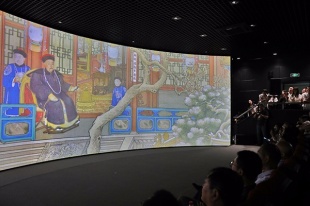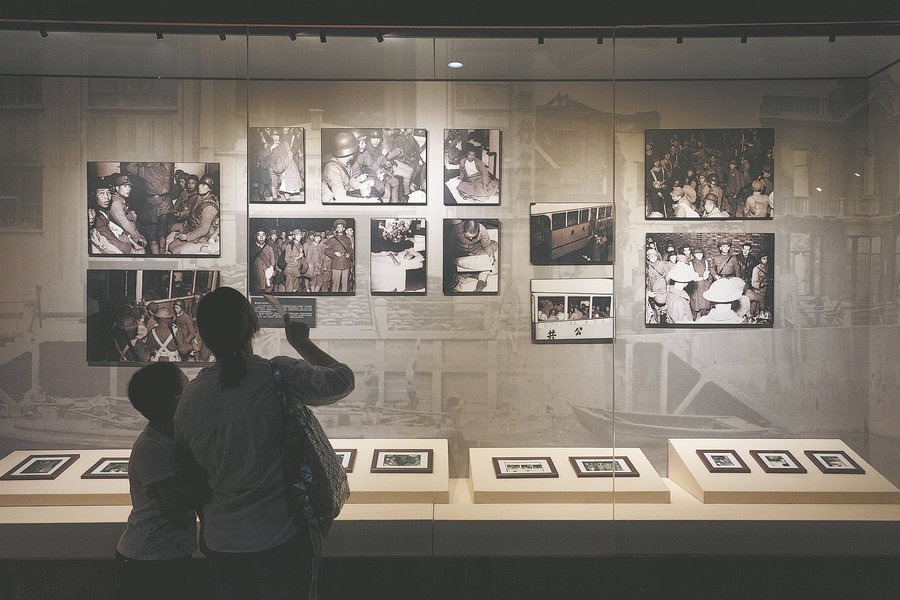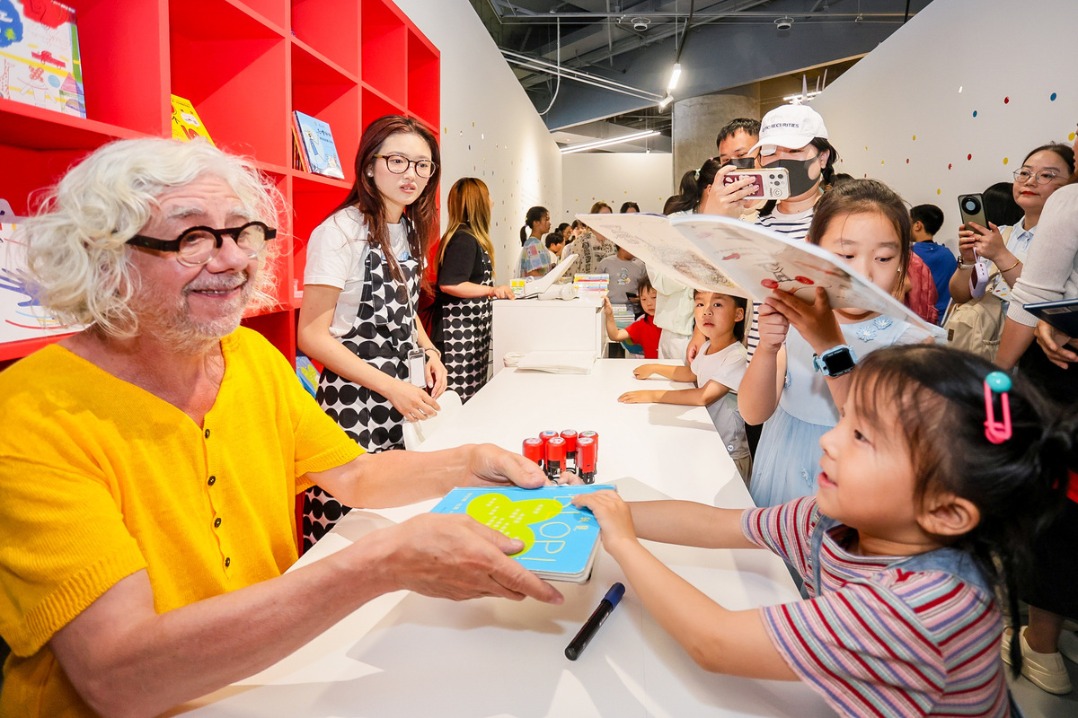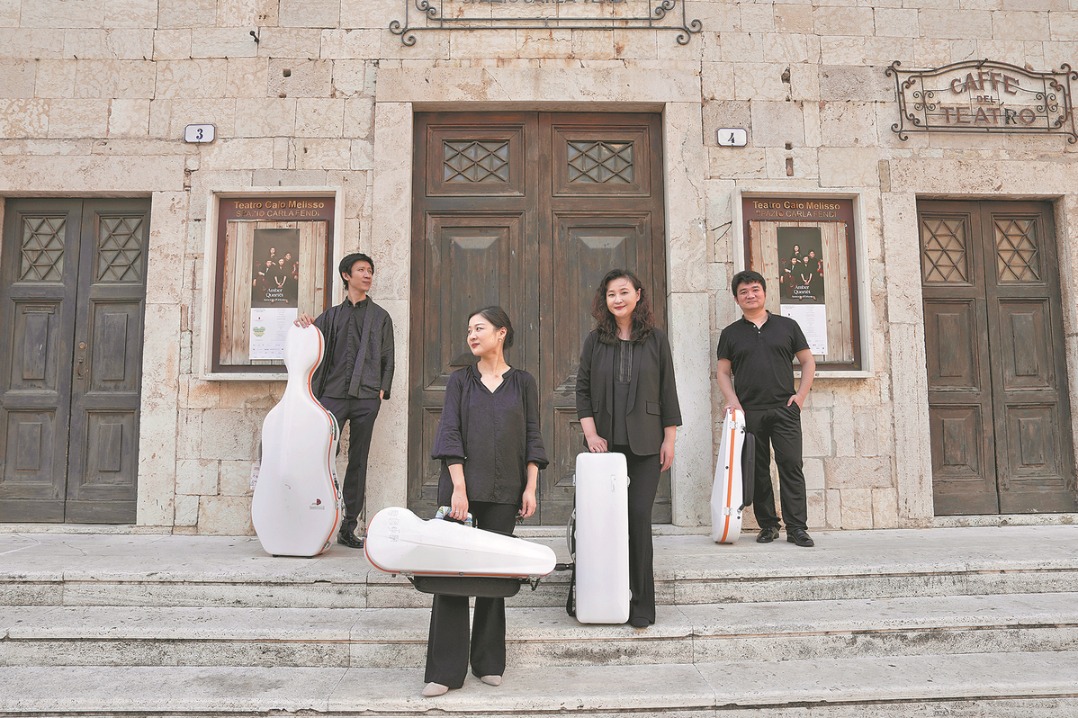Palace Museum virtually prepared for digital visitors

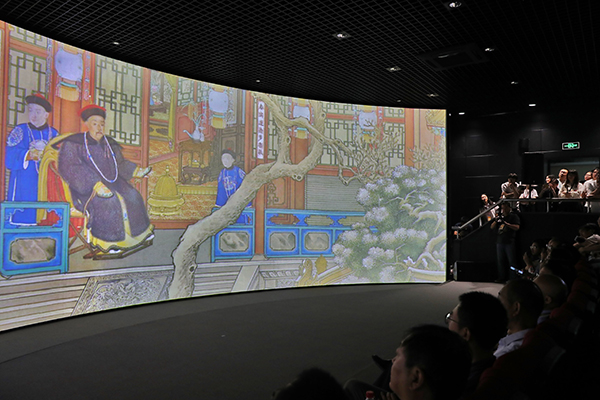
More than 1.86 million cultural relics are housed in the Palace Museum in Beijing, China's imperial palace from 1420 to 1911, also known as the Forbidden City.
While administrators at the museum have endeavored to put more artifacts from the collections of former emperors on display, they still have to face the challenges posed by the limited exhibition space in what is the world's largest architectural complex made of wood, which has extraordinarily high standards for safety.
Fortunately, digitization creates a way for more cultural relics to be viewed by the public, often providing a better experience than seeing them in exhibition halls.
Last week, high-definition pictures of more than 50,000 highlighted cultural relics from the Palace Museum went online via the institution's official website, which will be constantly updated.
"We're in the middle of a digital revolution, and the traditional display of artifacts in museums is becoming more challenging," Wang Xudong, director of the Palace Museum, says. "The digitization process at the Palace Museum has been in operation for 20 years, so this project to better share our achievement with the public is like its coming-of-age ceremony."
The 50,000 digitized items include cultural relics of all varieties from the palace collection, ranging from paintings, sculptures and jade ware, to textiles, porcelain and antique clocks, among others.
Sun Jing, a system operator from the digital information department at the Palace Museum, considers the establishment of the database crucial to the preservation of cultural relics, and is keen to laud its many benefits to the public.
"It will facilitate scholars' research," Sun says. "And people who love traditional culture will be able to gain a better insight by 'playing' with the artifacts in creative ways."
Some pieces, like sculptures, enamels, lacquerware and porcelain, have been captured in 3D, which enables viewers to manipulate the image to view them from any angle they want, and in greater detail.
And 325 key paintings including Bunian Tu (Emperor Taizong Receiving Tibetan Envoy) from the Tang Dynasty (618-907), one of the most important ancient Chinese paintings, are included in an app for mobile devices, which displays them in high-definition. According to Sun, each painting is rendered in a resolution of over 1 billion pixels. He says that around 50 paintings will be added to the app every month.
"I don't think you will be able to see the subjects' faces as clearly when you view the painting in the exhibition hall, no matter how hard you try to press your face against the glass of cabinet," Sun smiles.
It is not only treasures in the palace that are being given a greater chance of exposure by being exhibited in cyberspace.
"The biggest exhibit in the palace is the architecture," says Zhu Kai, a photographer working at the museum.
His works recording the sensational grandeur of the ancient architecture often go viral on social networks, but he has a renewed sense of pride now-as a member of the museum's virtual reality team.
A program called The Panoramic Palace Museum was also released through the official website last week, offering users the immersive experience of a virtual visit to the architectural complex.
According to Zhu, the platform, which resembles Google Street View, is built on numerous pictures taken from 884 locations around the museum. All the accessible areas in the compound have been recorded for the platform, as well as a few places which are still inaccessible to visitors on the ground.
More importantly, there are no overwhelming crowds blocking the view, which no one actually visiting the Palace Museum can avoid.
"The palace looks empty on the platform," Zhu says. However, his team were only allowed to take photos during the Forbidden City's opening hours, so he constantly had to repeat the phrase: "Excuse me, please move aside a little bit. I'm taking a picture."
For the public, what digitization brings probably goes beyond a better view of exhibits. Since the Palace Museum signed a cooperation agreement with Huawei in March to comprehensively install a 5G network in the next few years, it opens the door to even greater possibilities.
Ye Yipei, an artificial intelligence engineer at the museum, has high expectations. Her team is in the process of establishing a database for each of the relics, which uses AI technology to help answer basic questions posed by tourists through the use of interactive graphics delivered through a specialist app.
Currently, it includes about 7,000 artifacts.
"Regarding the 1.86 million relics, this number is still too small to support a clever algorithm," she says. "However, as long as enough data is collected, maybe visitors will be able to see the exhibits and simultaneously consult with their phone to discover the stories behind the relics."


